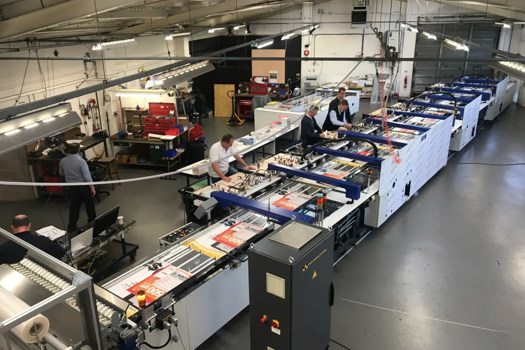When it was first published, the Industrial Revolution was under way and its effects were starting to be felt in the trade. Until the 18th century, the industry’s development was thwarted by government, which, because of the links with politics and religion, curbed the spread of printing through controls and censor-ship, while low literacy levels also restrained the market.
The Industrial Revolution brought about an increase in literacy and the proliferation of the printing trade, although London remained dominant both in terms of employment and output. At the census of 1851 – the first to give a clear picture of the distribution of trades – more than half of all the printers and bookbinders in Britain were working in London.
Despite their emerging status, printers’ work re-mained seasonal, dependent on when parliament and other courts were sitting and the fashionable world descended on the capital.
Caroline Archer is a writer and eminent print historian
Have your say in the Printweek Poll
Related stories
Latest comments
"Another sad day for the industry, only made worse after reading that Ian Shenton is heading up the rescue bid... This guy has had more failed takeovers than Santa has reindeers. Just search on..."
"They should change their name to ‘pound less’ . 🙀"
"Hmmmm, compared to former glories maybe the Bedsit of Print with shared bathroom and kitchen."
Up next...

Dorset connections
More changes at Dayfold

Nearly £1m invested in new kit
The Printed Group enhances wide-format with expansion to third site

Versatile device
Col-Tec showcases new Smart collator for POS

Enhanced efficiency and performance


